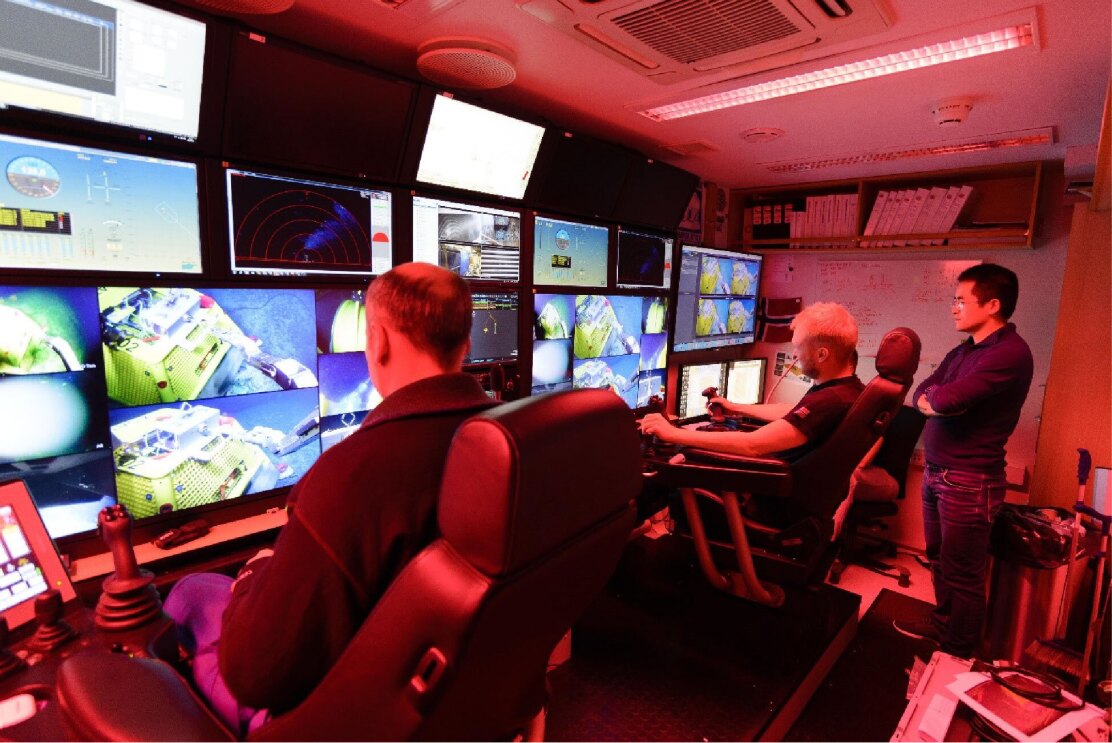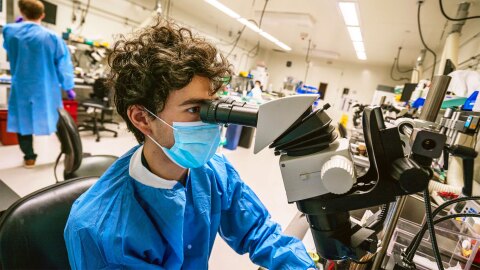Oceans generate half of the planet’s oxygen and absorb a quarter of all CO2 emissions. Yet the hugely significant role of the oceans for our planet’s sustainability still remains largely unexplored.
To help improve our understanding, scientists on the coast of Norway are generating real-time physical, biological and chemical data from the sea and then using it to improve international ocean conservation.
The Lofoten–Vesterålen (LoVe) Observatory collects data through a network of underwater sensors and stations west of Hovden Vesterålen in northern Norway. The fiber optic subsea cables and sensor nodes cover more than 52 kilometers from land to deep sea to gather and stream real-time data. Over a ten-year period, LoVe Observatory has gathered over 100 terabytes of data. Just one terabyte is enough storage space to hold about 6.5 million document pages.

Data from these sensors is used by scientists and researchers to help determine the impacts of human pollution on oceans. Around the world, experts are using the continuous flow of online data to study migration patterns, changes to the ocean’s temperature, fish stocks, salinity, PH, and CO2 levels, as a consequence of climate change.
Previously, finding insights with the Observatory’s old IT system was challenging. The volume of data, combined with the complex analysis needed, made the task of data interpretation overwhelming.
The LoVe Observatory is now working with Capgemini and AWS to enable researchers to focus on analysis and insights, using Artificial Intelligence. AI helps researchers to find anomalies within vast amounts of raw data that would be almost impossible to identify through purely human analysis. Now, the data has become the foundation for deeper analysis, learning, and the application of fresh insights.
Since adopting AI researchers have discovered completely new tidal patterns as well as whale behaviors not previously seen.

Data and insight from this project feed into UN efforts to co-ordinate global ocean conservation. The United Nations proclaimed a Decade of Ocean Science for Sustainable Development (2021-2030) to help gather ocean stakeholders behind a common framework creating improved conditions for worldwide sustainable ocean development.
Sissel Rogne, CEO at the Institute of Marine Research, said: “The LoVe Ocean observatory are our eyes and ears onto this marine ecosystem. Data analytics and AI have accelerated our research into the great challenges of sustainability in marine life. During this Decade of Ocean Science, we are delighted that data from the observatory has been used in this innovative project.’’
Mike Miller, Director, AI Devices at Amazon Web Services (AWS), commented: “The long-standing collaboration between Capgemini and AWS is demonstrating how AI can deliver data insights that were previously impossible. I’m sure we’re going to see even more insights and innovation from the LoVe Ocean Observatory as it builds on its knowledge of deploying AI.”
Zhiwei Jiang, CEO of the Insights & Data Global Business Line at Capgemini said: “Working closely with the LoVe Ocean Observatory and AWS means we can make a meaningful and measurable impact. We have a community of talent that brings the skills, energy, and insights needed to address society’s biggest challenges through technology.”
Read also about how AWS cloud resources are used run the first ever full-production climate-model simulations.












